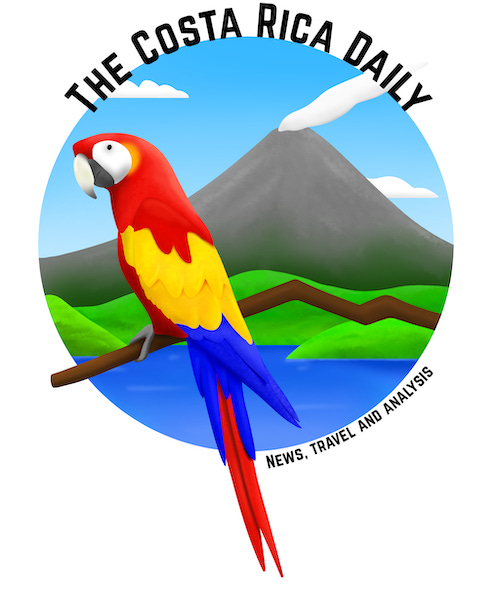The importance of Costa Rica's inter-National Park
A UNESCO World Heritage Site that Costa Rica shares with Panama.
Despite its size, Costa Rica boasts 30 national parks. All protect important biodiversity, and many are popular tourist destinations. But only one is shared with another country.
La Amistad National Park comprises much of Costa Rica’s south and Panama’s north. Its history begins in 1979, when the presidents of both countries declared their intent to establish an international park.
The goal was twofold: To conserve natural and cultural patrimony, and to serve as a model for peace and friendship between the neighboring countries.
Costa Rica created its part in 1982, and Panama followed six years later. By 1990, the shared park had been named a UNESCO World Heritage Site.
La Amistad National Park “comprises the single largest natural forest unit in Central America,” says the UNEP World Conservation Monitoring Centre. It remains a refuge for threatened animals such as the ocelot, jaguar and tapir.
“No other protected area complex in Central America contains as many viable populations, species, life zones, or as much altitudinal variation,” UNEP explains.
In addition to its environmental importance, La Amistad houses several indigenous communities — the Naso, Bribri, and Ngöbe — which maintain traditional lifestyles within the park.
How to visit La Amistad National Park
The area protected by La Amistad actually contains several national parks. “La Amistad Biosphere Preserve” includes La Amistad International Park, Chirripo National Park, the Hitoy Cerere Biological Preserve and the Talamanca, Tayni, Telire and Cocles Indigenous Reservations.
La Amistad itself promises some of the most unspoiled forests, unforgettable landscapes and best wildlife opportunities in all of Costa Rica.
While the natural beauty is unparalleled, its trails are among the most difficult in Costa Rica. If that doesn’t faze you, click here for directions and read on for the primary attractions:
Cerro Cabecar: With an elevation of 2,890 meters above sea level and temperatures that vary between 10 and 12°C, this peak has vegetation characteristic of the premontane forest, cloud forest, peatland and paramo. Visitors will appreciate the scenic beauty of the Terraba Valley, as well as waterfalls and several peaks, including Chirripó.
Cerro Kamuk: At 3,549 meters above sea level, this is the second-highest peak in Costa Rica. To reach it, visitors must walk 23 km, leaving the community of Tres Colinas de Potrero Grande, Buenos Aires de Puntarenas. Hikers observe several ecosystems such as premontane forest, cloud forest and the best-preserved paramo of Costa Rica. From the top of Mount Kamuk, visitors can see the Pacific and Caribbean coasts. It’s also possible to encounter jaguars, pumas, tapirs, coyotes and zainos.
Sabanas Esperanza: To get to the site, visitors must trek 3.5 km, reaching an elevation of 1,852 meters above sea level. The main attraction is the savannah ecosystem. This is also an archaeological site (indigenous cemetery).
Valle del Silencio: After traversing a trail of almost 14 km, hikers reach a plain at the top of the Talamanca Mountain Range located 2,500 meters above sea level: the ideal habitat of the jaguar, the danta, the zaino and the quetzal. During the hike, guests can appreciate several peaks and the Río Grande Valley of Terraba. It takes three days to make the trip, leaving the community of Altamira de Biolley, Buenos Aires de Puntarenas.
Sendero Gigantes del Bosque: A journey of 2 km is an excellent opportunity for bird watching, where hikers can also find species of mammals including guatusas (agouti), pizotes (coati), white-faced monkeys and spider monkeys.
La Cascada: After walking almost 2 km, hikers reach a waterfall of three cascades. The trail allows visitors to observe a large number of birds in premontane forest and open areas.
Canasta River: A river with crystal-clear waters that come from the heart of the Cerro Pittier cloud forest. To get to the site, hikers must reach Santa María de Pittier (Coto Brus de Puntarenas) and trek a 4 km trail, during which they can observe traces of mammals such as the danta, jaguar, manigord, puma and mountain goat.
Subscribe and tell your friends
You can always read The Costa Rica Daily on our website. But to receive the news straight to your inbox, subscribe via the button:
Support The Costa Rica Daily
The Costa Rica Daily is 100% free — and 100% ad-free. We can only exist with your support:






